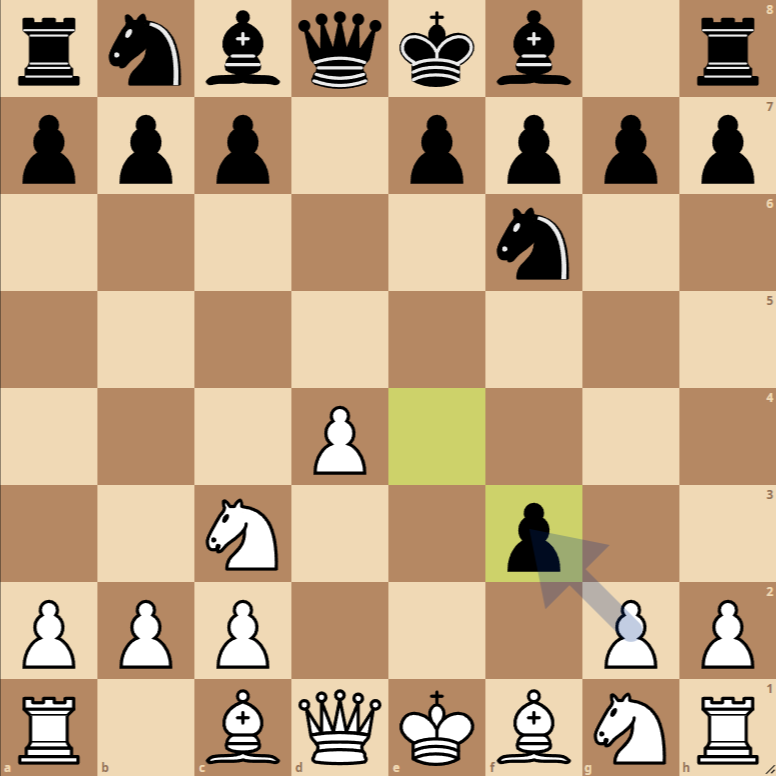How to Play the Blackmar-Diemer Gambit Accepted Opening
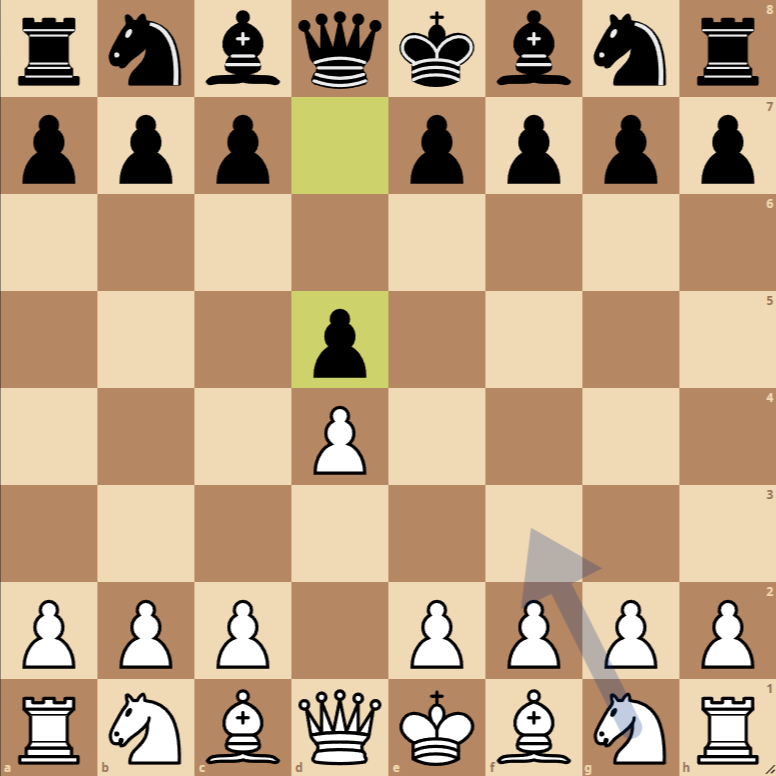
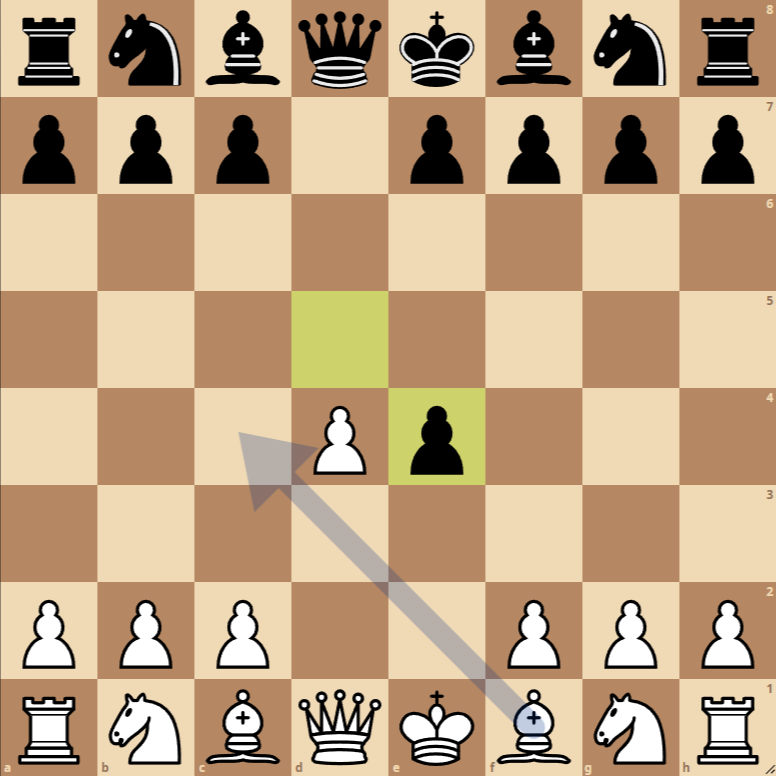
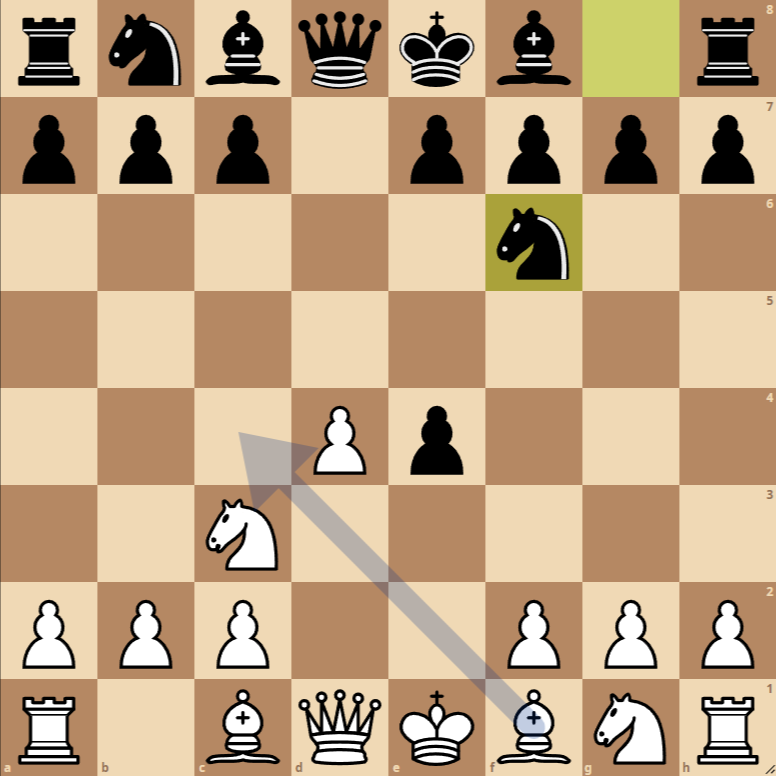
- 1. d4 d5: White begins by controlling the center, and Black responds in the same way, also aiming for central influence.
- 2. e4 dxe4: White offers a pawn sacrifice to divert the Black pawn from d5, aiming to open lines and activate their pieces quickly. Black accepts the gambit.
- 3. Nc3 Nf6: White develops a knight to the center, preparing to recover the sacrificed pawn. Black, in turn, develops a knight, defending the e4 pawn and controlling the center.
- 4. f3 exf3: White presses to regain the pawn with another pawn, preparing to open the diagonal for the light-squared bishop and the f-file for their rook. Black accepts the exchange, temporarily maintaining a material advantage.
Variants of the Blackmar-Diemer Gambit Accepted Opening
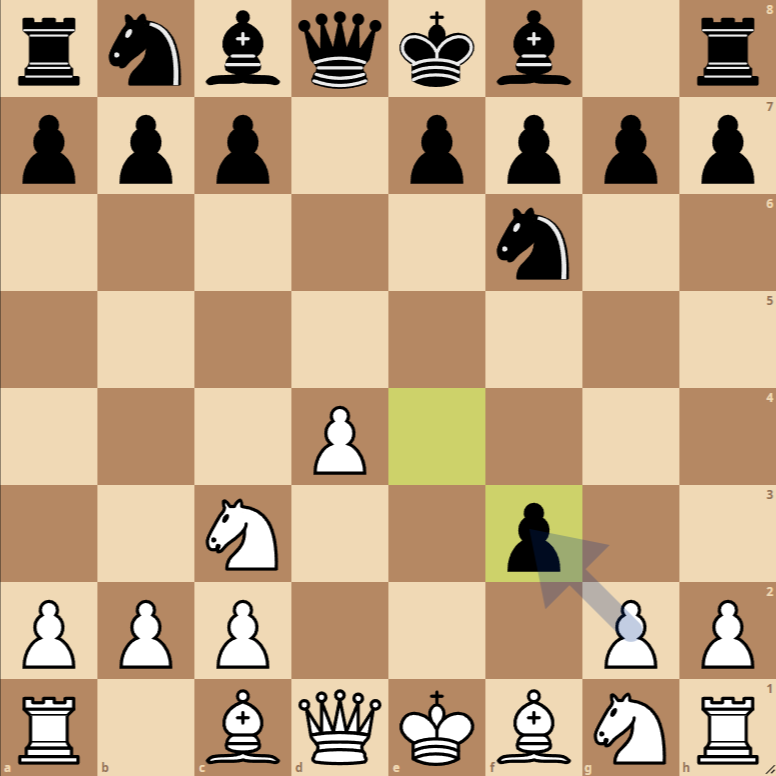
1. Variant with 2…e6
In this variant, Black decides not to accept the gambit immediately and instead plays 2…e6, aiming to strengthen their center and prepare the development of the dark-squared bishop.
2. Variant with 3…e5
After 2. e4, if Black plays 3…e5 instead of capturing the pawn, they aim to counteract White’s center and gain space while delaying the acceptance of the gambit.
The Blackmar-Diemer Gambit Opening
Accepted Variant
The opening we have developed so far corresponds to the Blackmar-Diemer Gambit, specifically the accepted variant after 1.d4 d5 2.e4 dxe4 3.Nc3 Nf6 4.f3 exf3. This opening is known for its aggressive and tactical nature, with White seeking to quickly recover the sacrificed pawn to gain a development advantage and activate their pieces towards the realm of the Black king. Let’s explore the strategies and tactics for both sides and possible moves to follow.
Strategies and Tactics
For White
- Pawn Recovery and Piece Activation: The key to the gambit is to recover the pawn on e4 while accelerating piece development. The options to recapture the pawn are Nxf3, Qxf3, and gxf3, each with its tactical and strategic implications.
- Nxf3: It is the most natural move, developing the knight and preparing for kingside castling. It facilitates rapid piece development and maintains the pawn structure intact, allowing White to seek a quick attack in the center and on the kingside.
- Qxf3: This move places the queen in an active position quickly, targeting both the backward pawn on b7 and the pawn on f7, a weak point in the Black position. However, it exposes the queen to potential attacks and requires care to avoid becoming a target.
- gxf3: Although less common, gxf3 doubles the pawns on the ‘f’ file but opens the ‘g’ file for the rook. This move can lead to interesting positions where White sacrifices the pawn structure for piece activity and open lines for their rooks.
For Black
- Solid Defense and Counterplay: Black must be cautious but also look for counterplay opportunities. It is vital to develop pieces quickly, castle for safety, and be alert to opportunities to counterattack in the center and on the flanks.
- Counterattacking in the Center: It is crucial for Black not to remain passive. Moves like c5, aiming to break in the center and activate their own pieces, are essential to generate counterplay.
- Using the Open ‘e’ File: With the capture exf3, Black has a partially open ‘e’ file that they can use to activate their rooks and exert pressure on the center and White’s kingside.
Next Best Moves
For White: The choice between Nxf3, Qxf3, and gxf3 should be based on the player’s style preference and the specific position. Nxf3 is recommended for those who prefer harmonious development and a sustained attack, Qxf3 for players looking for more direct and tactical play, and gxf3 for those willing to accept a compromised pawn structure in exchange for open lines and rook activity.
For Black: It is crucial to continue with development, such as Nc6 or e6, and prepare for castling. Black must be attentive to White’s offensive intentions and look for the right moment to counterattack or simplify the position if White overextends.

